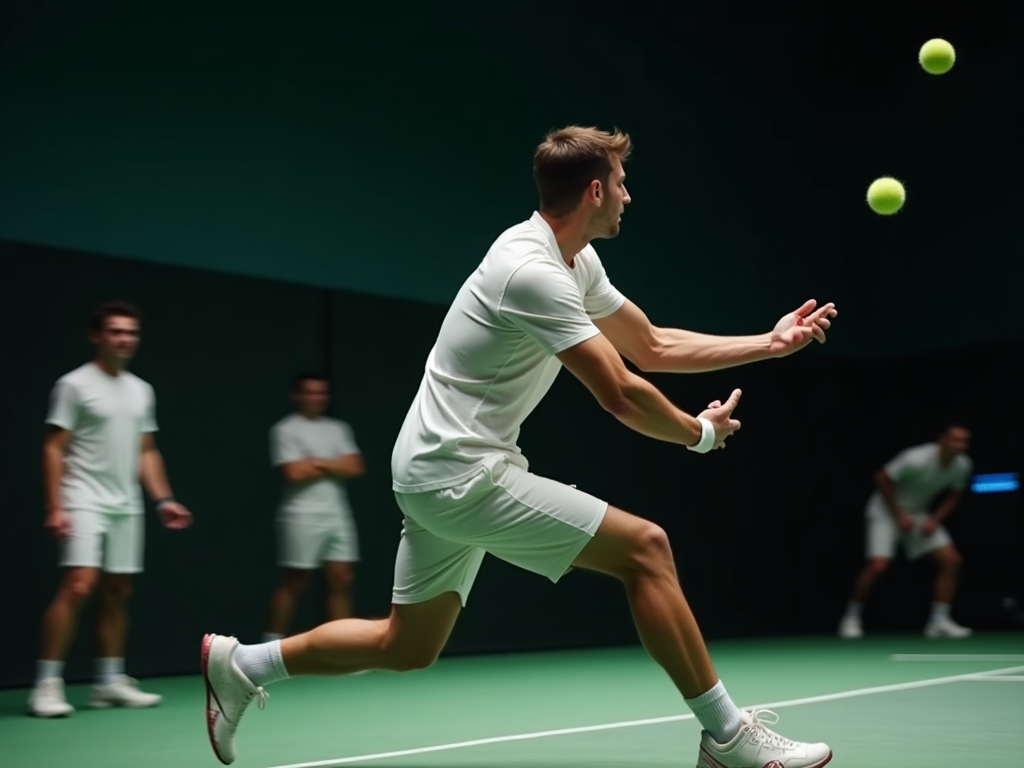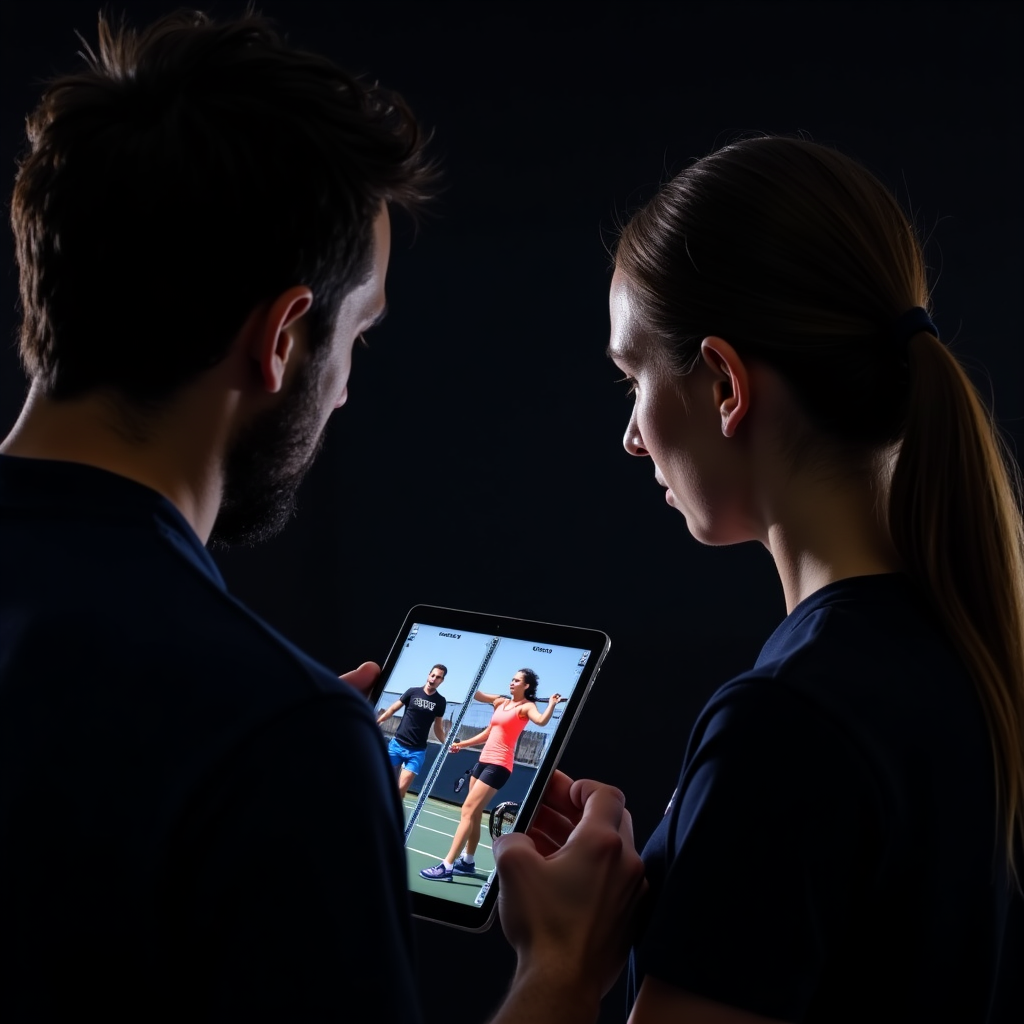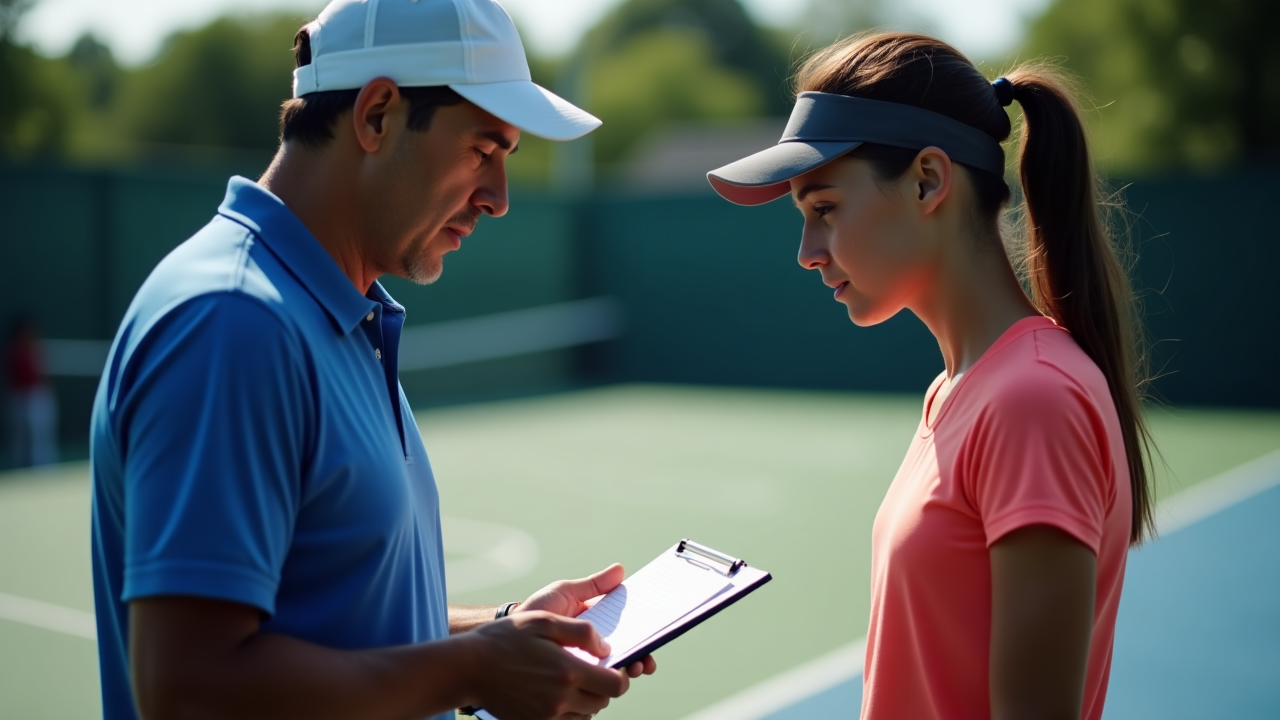The Evolution of Modern Forehand Technique
The forehand has undergone significant changes in the past two decades. This article examines how the modern forehand has evolved from the traditional eastern grip to today's semi-western and western grip variations, and what these changes mean for players at different levels.
We explore how factors like racquet technology, string developments, and court surfaces have influenced technical adaptations, and provide guidance on which approach might work best for different player types and physical attributes.


